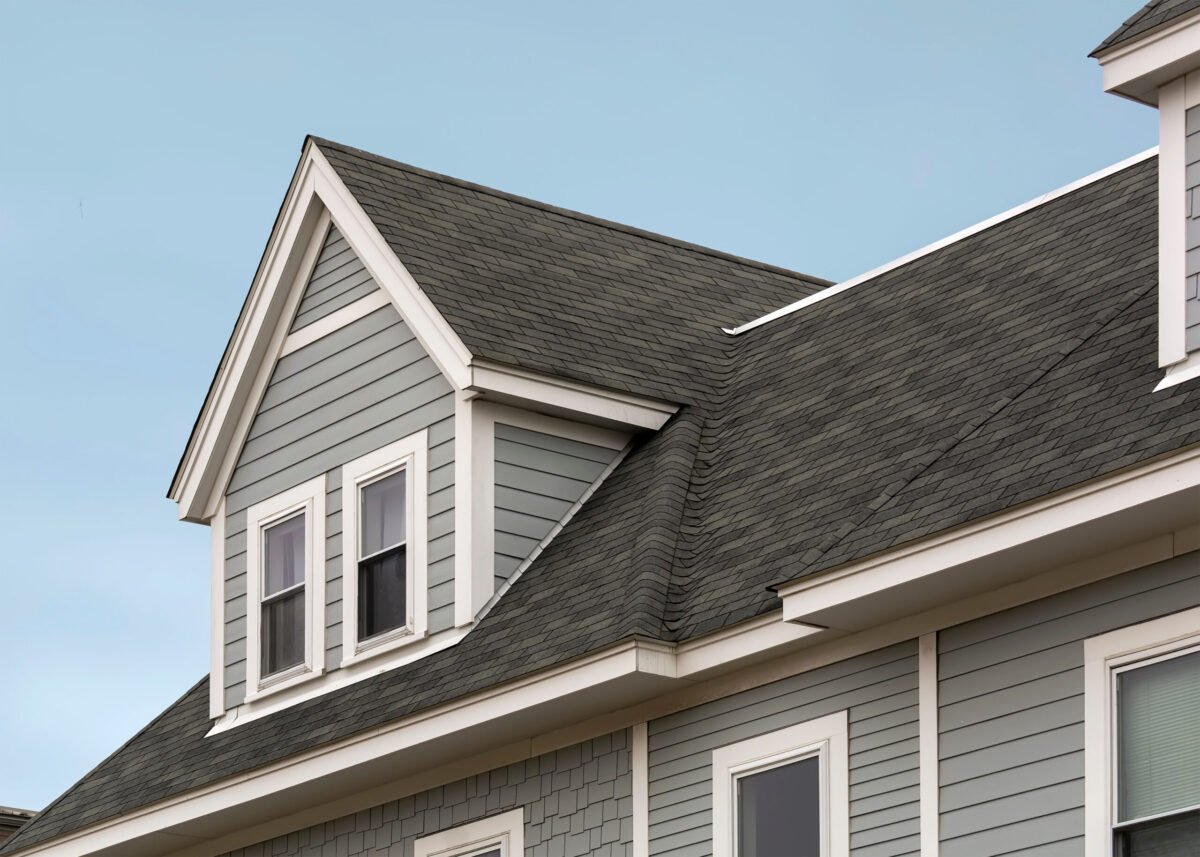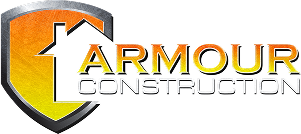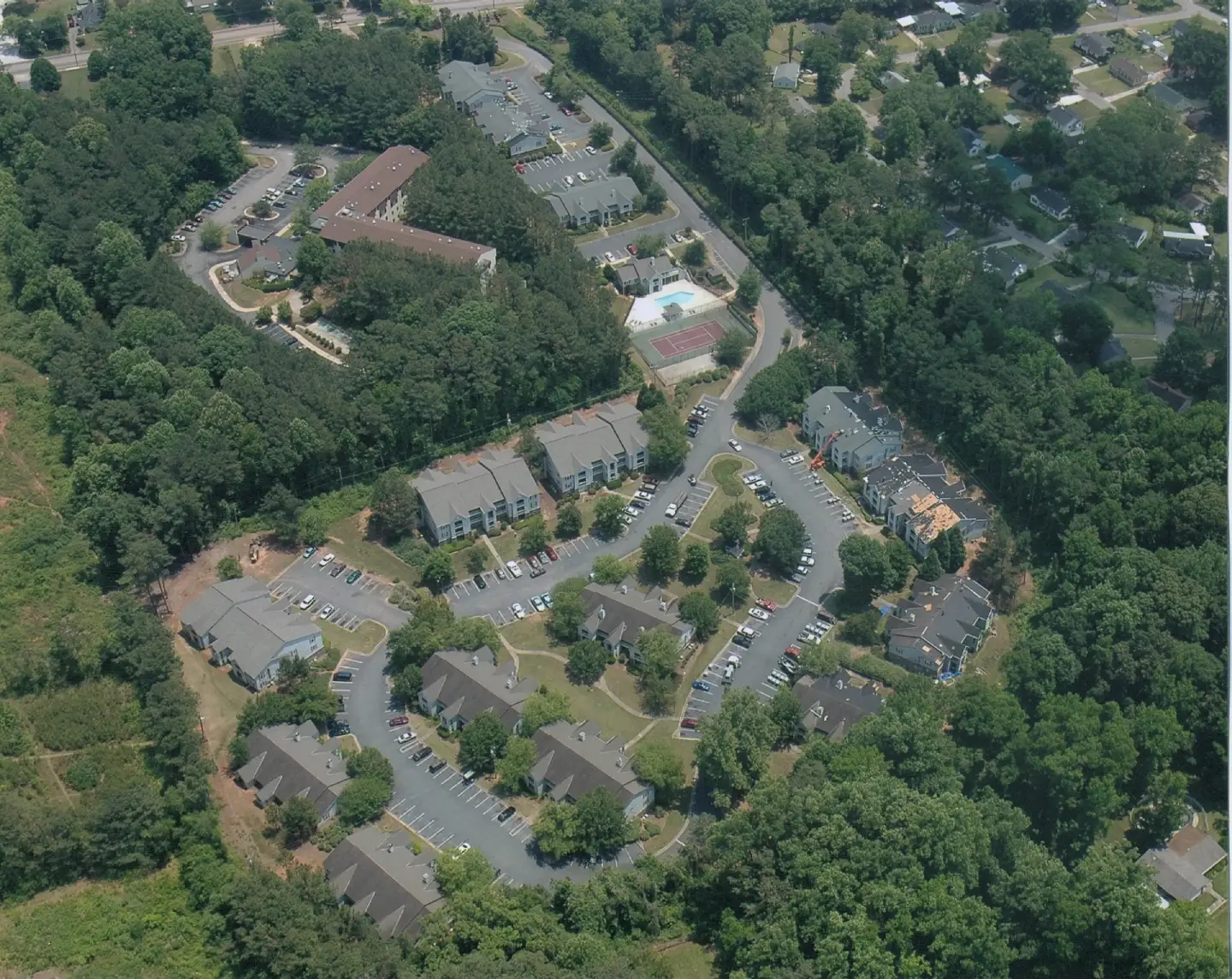
Hip Roof vs Gable Roof: What’s the Difference?
When it comes to roofing, Choosing the right roof isn’t just about style—it also affects durability and maintenance. For example, issues like roof flashing or fascia boards can impact performance over time. Two of the most popular roof styles are hip roofs and gable roofs, each offering distinct advantages and visual appeal. Understanding the differences between these two options will help you make an informed decision that best suits your home’s needs, budget, and local climate conditions.
This comprehensive guide will explore everything you need to know about hip roof vs gable roof designs. We’ll cover their structural differences, cost considerations, performance in various weather conditions, and aesthetic appeal. You’ll also learn about maintenance requirements, installation complexity, and which option might work best for your specific situation.
Here’s what we’ll cover:
- What are hip roofs and gable roofs? – Basic definitions and structural characteristics
- Key differences between hip roof vs gable roof – A detailed comparison of features
- Cost comparison – Installation and long-term expenses
🤔 What Are Hip Roofs and Gable Roofs?

Before diving into the hip roof vs gable roof comparison, let’s establish what each style actually looks like and how they’re constructed.
Hip Roof Design
- A hip roof has slopes on all four sides of the building.
- The slopes meet at the top to form a ridge, creating:
- A pyramid-like appearance for square buildings.
- A more elongated shape for rectangular structures.
Gable Roof Design
- A gable roof, also known as a pitched roof, features:
- Two sloping sides that meet at a central ridge.
- Triangular wall sections at each end of the roof, called gables.
⚖️ 6 Key Differences Between Hip and Gable Roofs

Understanding the hip roof vs gable roof comparison requires examining several important factors. Here are the main differences you should consider:
1. Structural Stability
Hip roofs offer superior structural stability compared to gable roofs. The four-sided design distributes weight more evenly across the structure, making hip roofs better equipped to handle heavy snow loads and high winds. The inward slope on all sides creates a self-bracing system that reduces stress on the roof structure.
Gable roofs, while structurally sound, can be more vulnerable to wind damage, especially on the gable ends. Strong winds can create uplift forces that may damage or even tear off sections of a gable roof if it’s not properly constructed and secured.
2. Weather Resistance
When comparing hip roof vs gable roof performance in severe weather, hip roofs generally come out ahead. The aerodynamic shape of hip roofs allows wind to flow smoothly over the surface, reducing the risk of wind damage. This makes them an excellent choice for areas prone to hurricanes or severe storms.
Gable roofs can be more susceptible to wind damage, particularly at the gable ends where the vertical walls meet the roof. However, properly designed and constructed gable roofs can still perform well in most weather conditions.
3. Attic Space and Storage
Gable roofs typically provide more usable attic space than hip roofs. The vertical gable walls create additional headroom, making it easier to convert attic space into living areas or use it for storage. This can be a significant advantage for homeowners looking to maximize their home’s square footage.
Hip roofs, due to their sloping design on all sides, offer less usable attic space. The four sloping sides create more areas with limited headroom, which can make storage and potential living space conversions more challenging.
4. Ventilation Options
Both roof styles can accommodate proper ventilation, but they offer different options. Gable roofs can easily incorporate gable vents at the triangular end walls, providing natural cross-ventilation for the attic space. Ridge vents and soffit vents are also common on gable roofs.
Hip roofs rely more heavily on ridge vents and soffit vents for ventilation since they don’t have gable ends for additional vent placement. While this can still provide adequate ventilation, it may require more careful planning during installation.
5. Drainage Efficiency
Hip roofs generally provide better water drainage than gable roofs. The four-sided slope allows water to run off in multiple directions, reducing the load on gutters and downspouts. This improved drainage can help prevent water damage and extend the life of your roofing materials.
Gable roofs direct water toward two main sides, which can create higher water volumes in the gutter system. While this isn’t necessarily problematic with proper gutter sizing, it’s worth considering in areas with heavy rainfall.
6. Design Flexibility
Gable roofs offer more design flexibility and can accommodate various architectural features more easily. Adding dormers, skylights, or other roof elements is typically simpler with gable roofs. The vertical gable walls also provide opportunities for windows and decorative elements.
Hip roofs, while elegant, can be more limiting when it comes to additions or modifications. The four-sided design makes it more challenging to add features like dormers or to expand the roof structure later.
💵 Cost Comparison

The hip roof vs gable roof cost comparison involves several factors that can significantly impact your roofing budget.
Initial Installation Costs
Gable roofs are generally the more budget-friendly option when it comes to installation. The straightforward triangular design simplifies the construction process, requiring fewer materials and less labor. Since gable roofs don’t demand specialized framing techniques, contractors can complete the installation more quickly and efficiently, which reduces labor costs. Additionally, there’s less need for precise cuts and custom fittings, which further keeps expenses low. This simplicity makes gable roofs an appealing choice for homeowners looking to balance affordability with functionality. If you’re comparing roofing investments, don’t miss to consider the cost of metal roofs vs shingles.
On the other hand, hip roofs are more expensive to install due to their complex, four-sided design. This complexity requires more advanced construction techniques, which demand skilled labor and additional time to ensure proper installation. The need for hip rafters and specialized framing components adds to both material and labor costs, driving up the total expense. Depending on the size and intricacies of the roof, installation costs for hip roofs can be 20-50% higher than gable roofs. However, this added expense often comes with benefits like enhanced stability and weather resistance, making it a worthwhile investment for certain homeowners.
Material Requirements
When it comes to material needs, gable roofs are the more efficient option. Their simple triangular design minimizes waste during the construction process, as fewer cuts and adjustments are required for framing and roofing materials. This straightforward design also means fewer joints, which translates to less reliance on flashing, sealants, and other specialized components. Gable roofs make the most of every material used, whether it’s underlayment, shingles, or structural lumber. This makes them an excellent choice for homeowners seeking a cost-effective roof with minimal material waste.
Hip roofs, however, require significantly more materials to cover the same square footage due to their four-sided design. The increased surface area means more shingles, underlayment, and other roofing materials are needed. Additionally, hip roofs require materials for hip rafters, which are a specialized structural component not needed for gable roofs. The joints and intersections on a hip roof also demand meticulous flashing and sealing to prevent leaks, adding to both material costs and installation complexity. While the extra materials add to the expense, they also contribute to the durability and stability that hip roofs are known for.
Long-term Value
Although hip roofs have higher upfront costs, they may offer superior long-term value in areas prone to extreme weather conditions. The four-sided design distributes weight and pressure more evenly, making hip roofs more stable under heavy snow loads and high winds. Their sloped surfaces are also better at shedding rainwater and preventing water pooling, which reduces the likelihood of leaks and water damage over time. These factors mean fewer repairs and a longer lifespan for roofing materials, which can offset the initial investment. For homeowners in areas like Crown Point or Valparaiso, gable roofs are often the more budget-friendly option…
In contrast, gable roofs are generally less expensive to install but may require more frequent maintenance in areas with severe weather. Their triangular shape makes them more vulnerable to wind uplift, especially in areas with strong gusts or hurricanes. This can lead to higher repair costs over time. However, in moderate climates with milder weather, gable roofs can provide excellent value. Their lower upfront cost and efficient material use make them a practical choice for homeowners who don’t face extreme weather challenges. In the right conditions, a gable roof can provide reliable performance for years without breaking the bank.
🛠️ Installation Complexity
Choosing between a hip roof and a gable roof depends on your specific needs, budget, and design preferences. Both styles have unique advantages, but no matter which you choose, proper installation is key to ensuring durability and performance.
At Armour Construction, our team has the expertise to handle both gable and hip roof projects with precision and care. With years of experience and a commitment to quality craftsmanship, we’re the team you can trust to bring your vision to life. Contact us today for a free consultation and let’s get started on your next roofing project!



